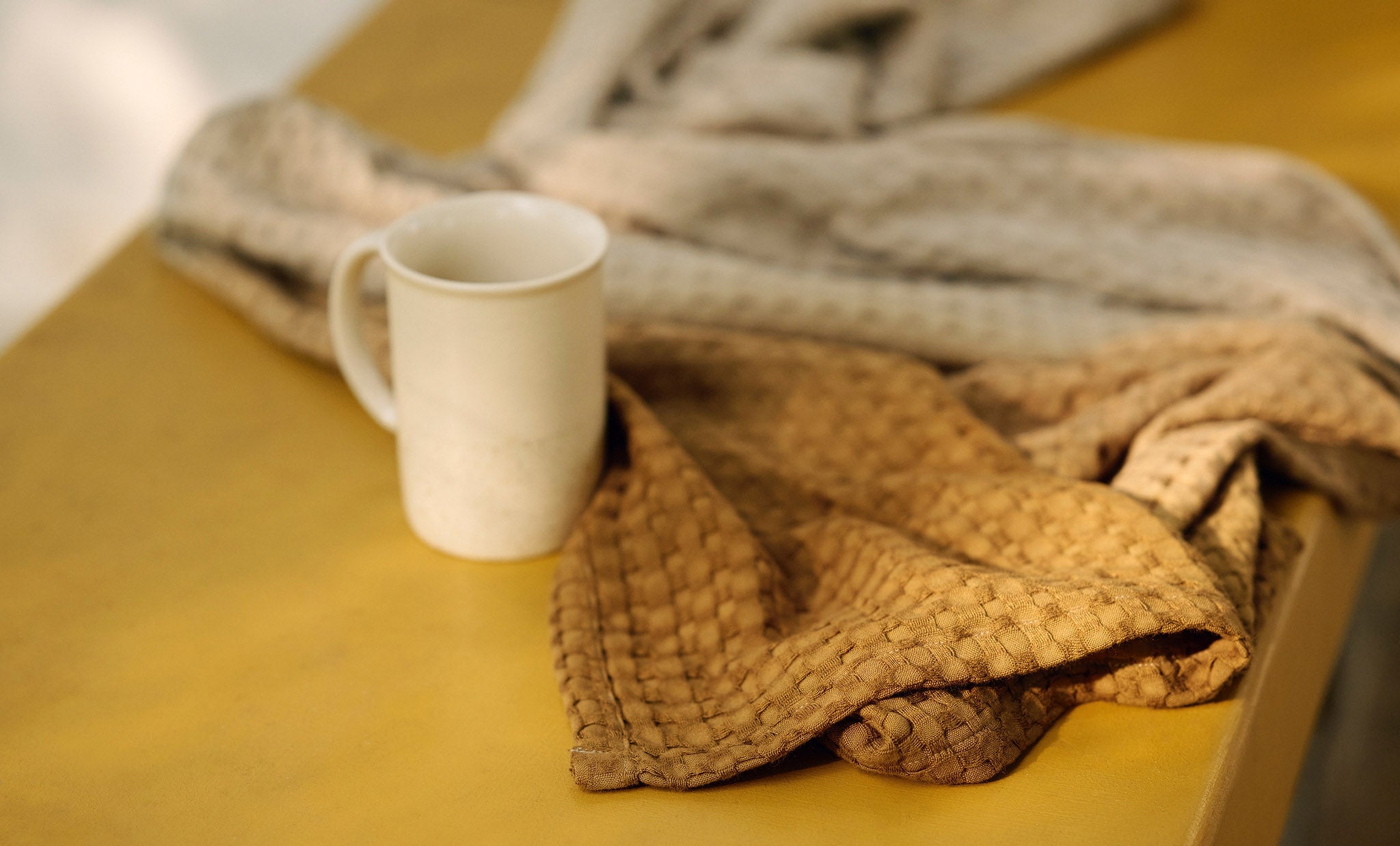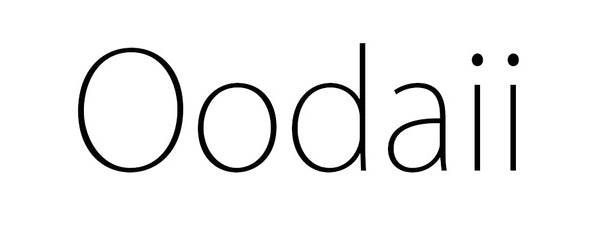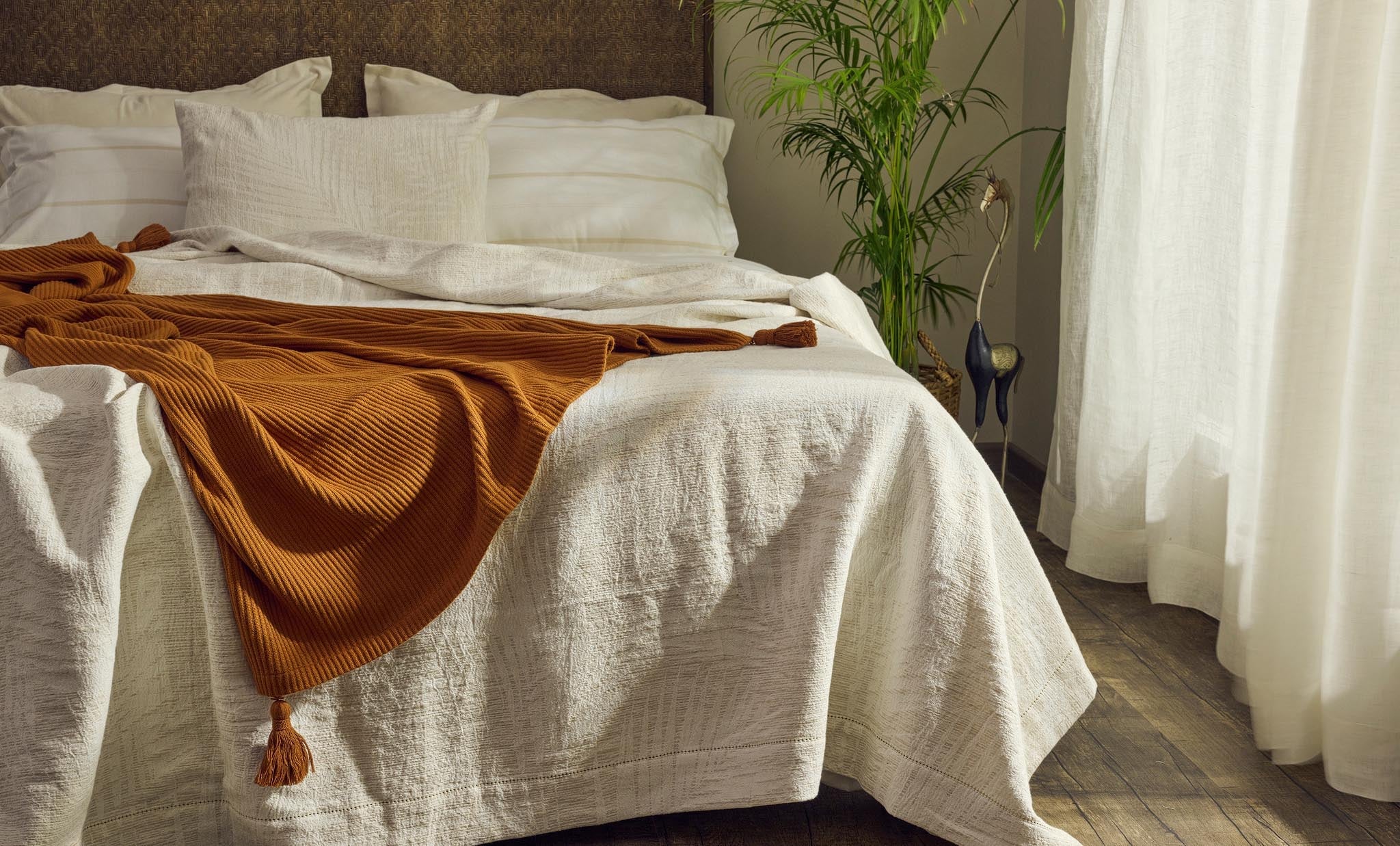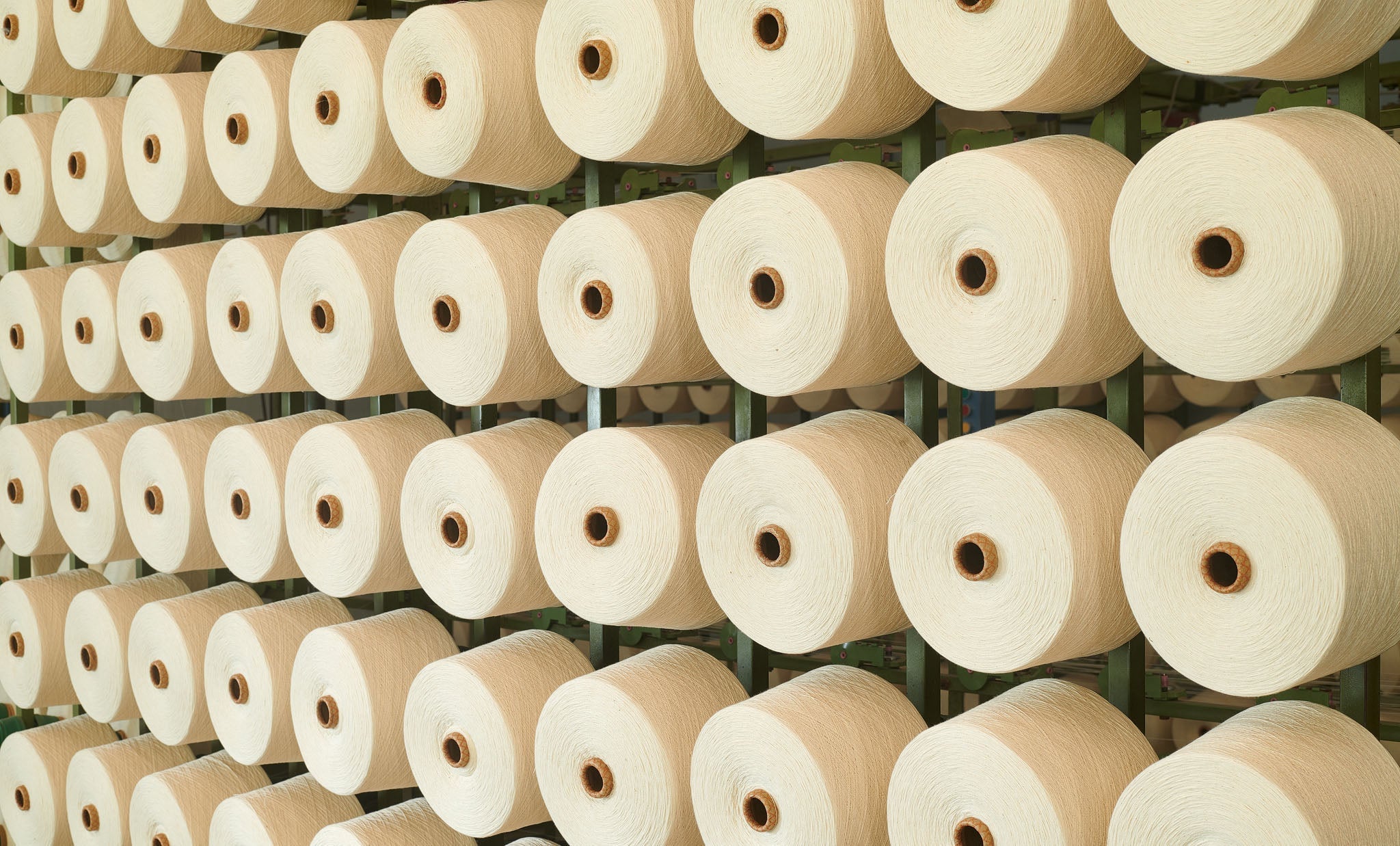
The Afterlife of a Towel - On what happens when softness outlasts purpose

At some point, every towel is no longer a towel. Not officially. Not in the way it once lived, on bathroom rods, neatly folded in guest cupboards, or laid out after a long shower. But that doesn’t mean it disappears. It just moves.
Into the kitchen. Into the car. Onto a wet floor. Around the dog. This is the quiet afterlife of a towel. Although it may no longer be presentable, it is not discarded. It is softened by use, stretched at the edges, possibly faded, but still trusted. In many homes, that is when it becomes most useful.

There’s something revealing about how long we keep these things. We may replace bed sheets for aesthetic reasons, or buy new towels for guests. But the ones we’ve used ourselves, the ones we’ve lived with, stay on in different roles. They become the designated floor cloth, the permanent seat cover for the back seat, the stand-in napkin, and the last-minute wrap.
And unlike many objects we “throw out,” these are rarely discarded.
They are demoted with care. Given new jobs. Kept in a separate pile. That softness, that reliability, earns them a retirement plan. It’s not about sentimentality. It’s about usefulness. About not wasting what still works. About finding comfort in what has already proved itself.

At Oodaii, we don’t design with afterlife in mind. However, we do understand the impulse to hold on. To reuse. To not let go too quickly. A towel that holds up long enough to be repurposed is doing its job well. It means the fabric lasted. It implies the weave held. It means the object was good, not just when it was new, but even as it aged.
There is dignity in that kind of usefulness. A towel might stop being beautiful. But it rarely stops being needed.



Leave a comment
This site is protected by hCaptcha and the hCaptcha Privacy Policy and Terms of Service apply.